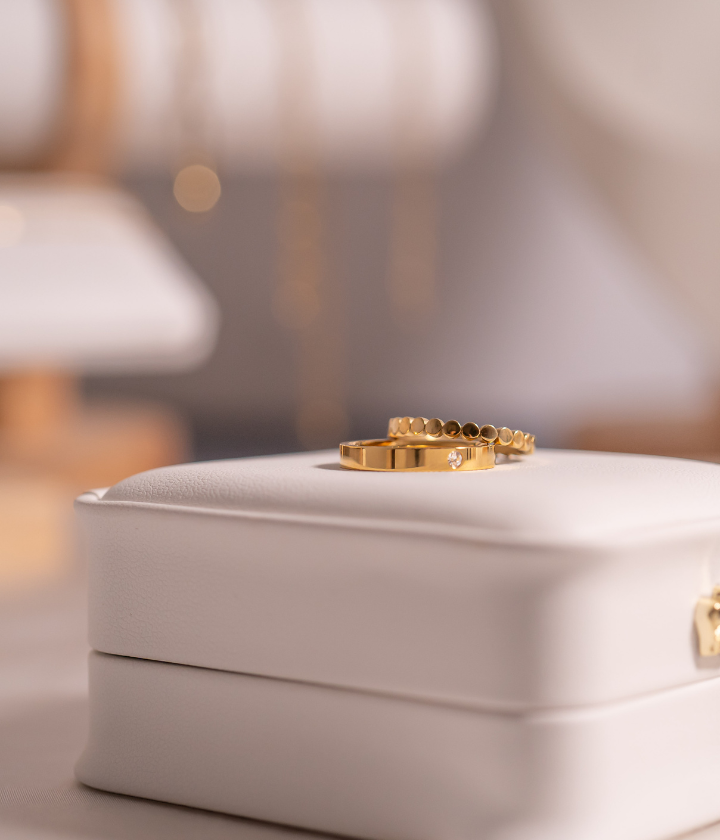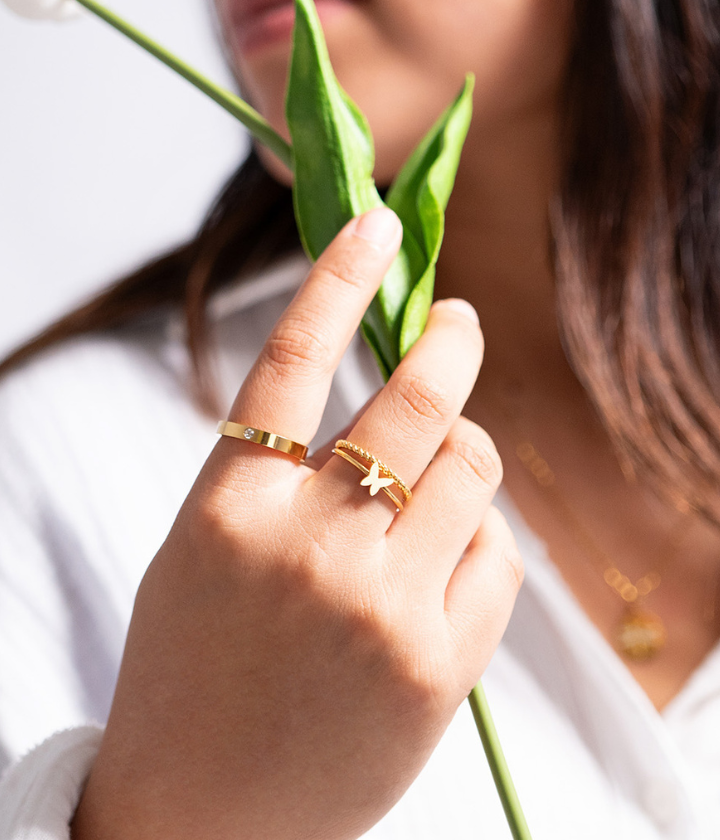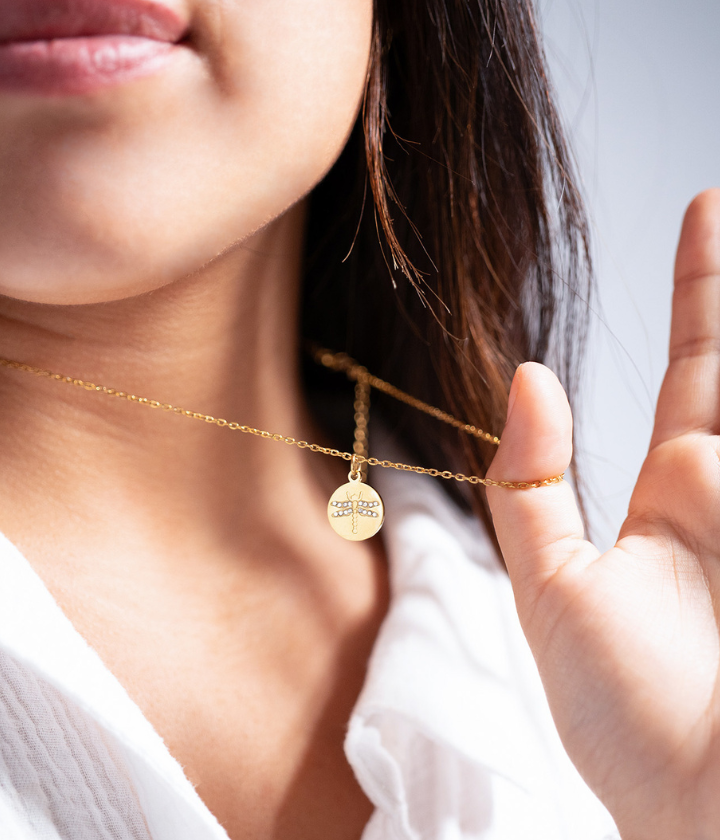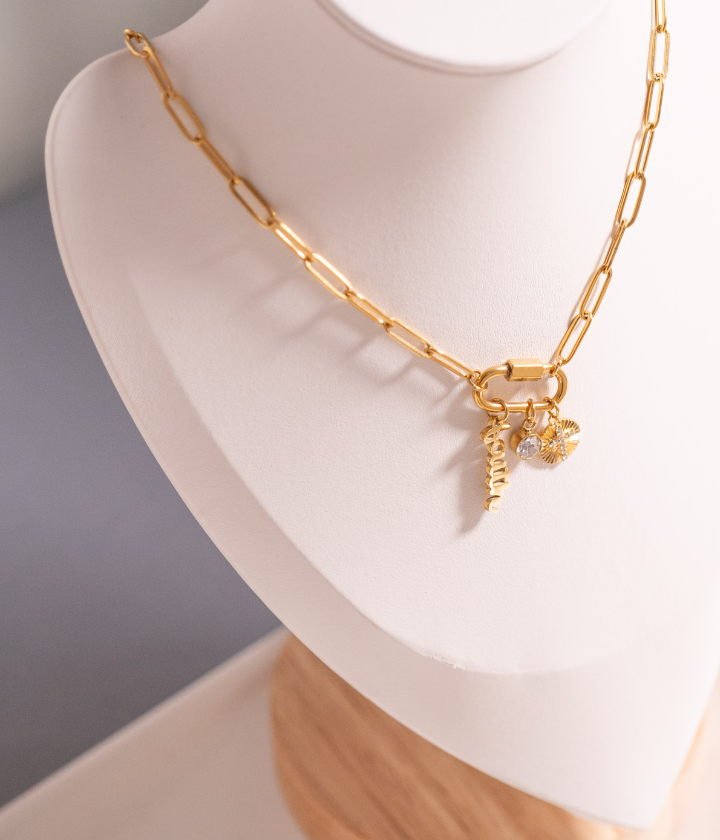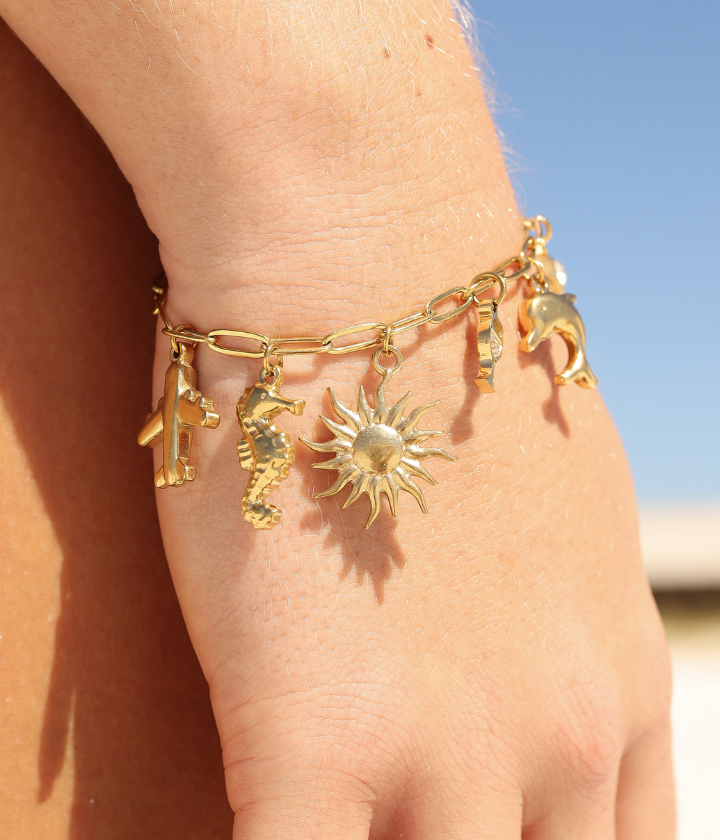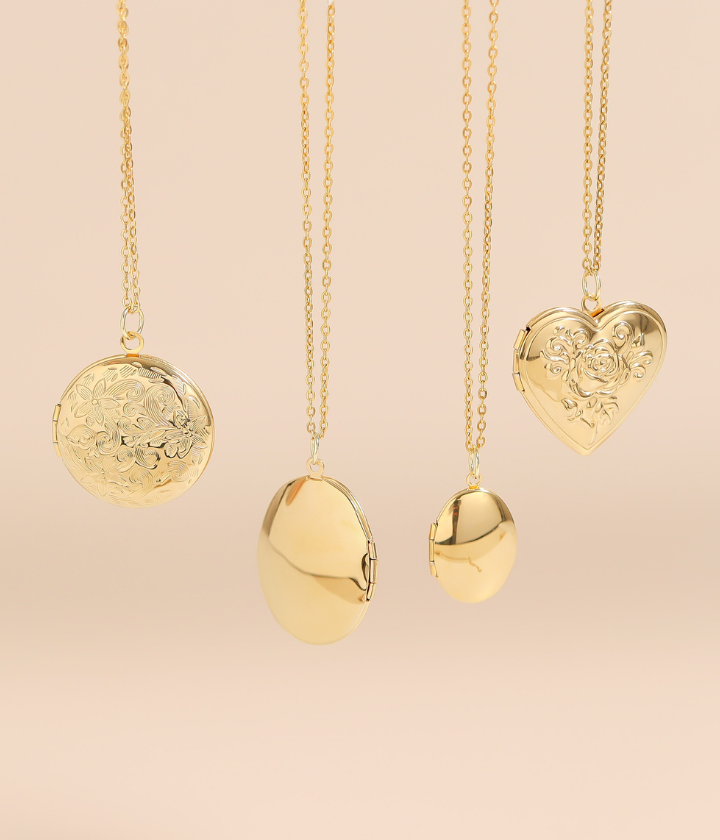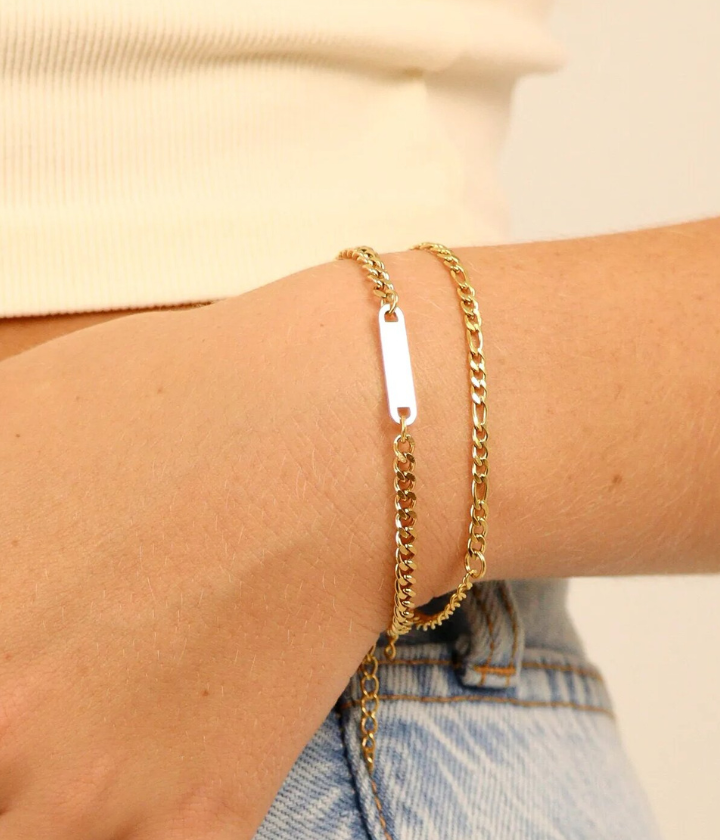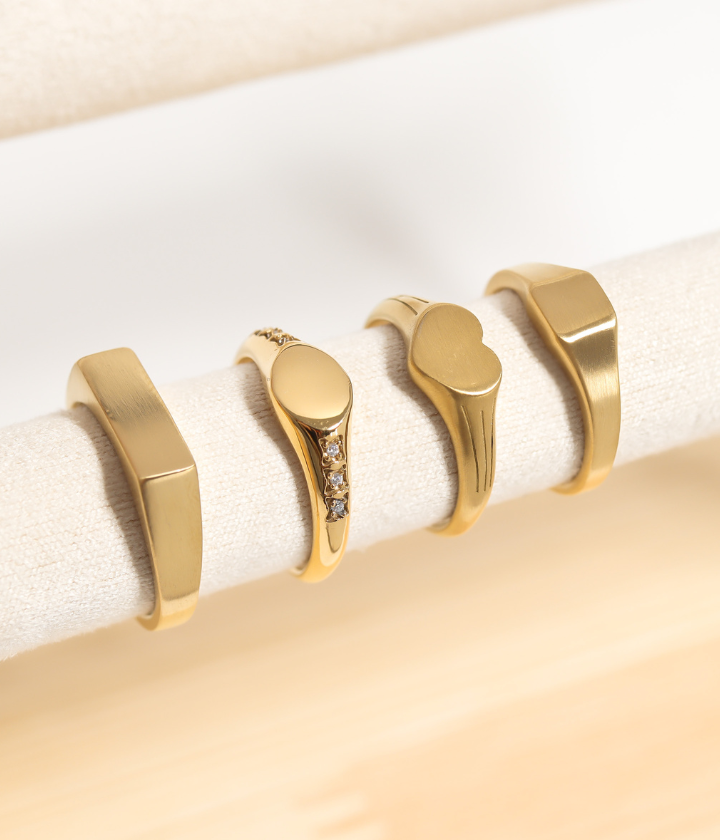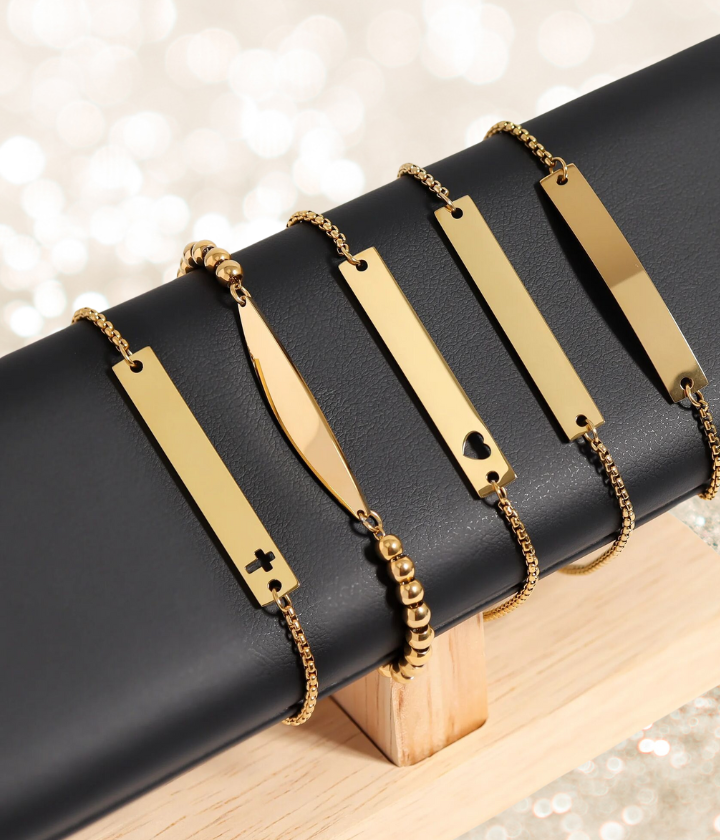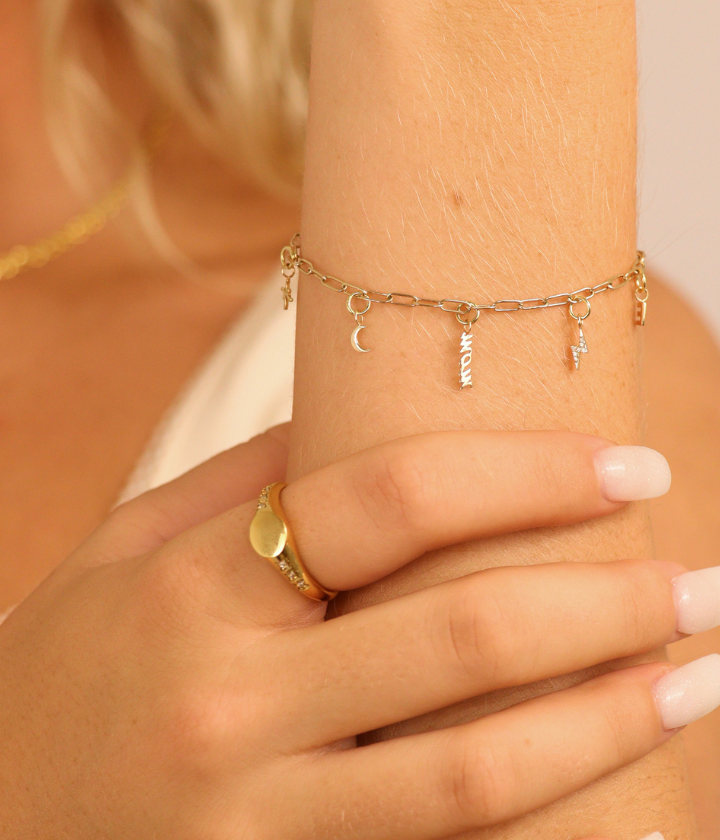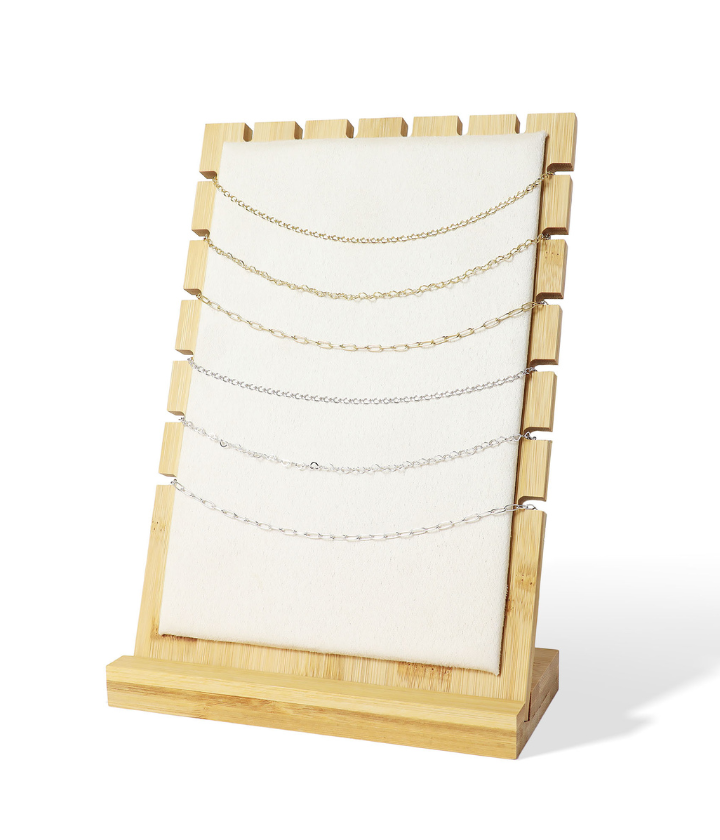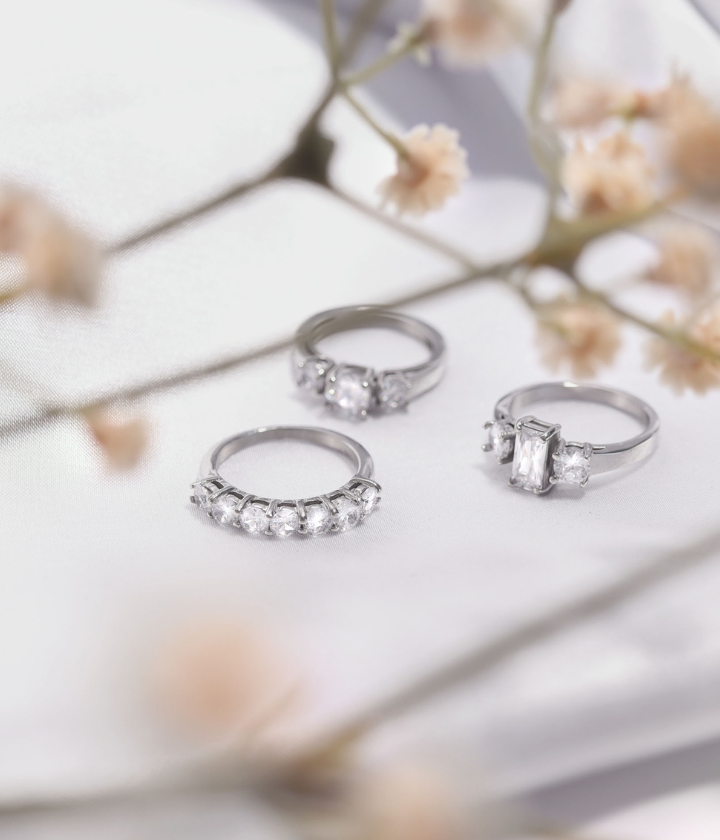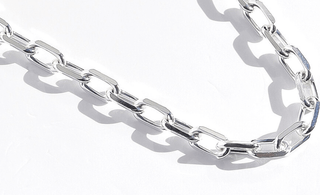
Understanding the Meaning of 925 Stamps on Sterling Silver Jewelry
If you’ve ever flipped over a silver ring, necklace, or bracelet and noticed the number “925” stamped into the metal, you might have asked yourself: What does 925 mean on jewelry? While it might seem like a minor detail, this small numeric mark actually tells you a lot about the composition, value, and authenticity of the piece you’re wearing.
In this comprehensive guide, we’ll break down what the 925 stamp means, how it compares to other silver grades, how to verify it, and how to properly care for your sterling silver jewelry to maintain its beauty for years to come.
What Is Sterling Silver & Why 925 Matters
Sterling silver is one of the most widely used metals in both fine and fashion jewelry. It offers a balance between quality, beauty, and affordability—making it a favorite for designers and consumers alike.
Sterling Silver Defined
When you see “925” on a piece of jewelry, it refers to millesimal fineness, a system used to express the purity of precious metals. In this case, 925 means the piece contains 92.5% pure silver, and the remaining 7.5% is typically copper or another strengthening metal.
Silver on its own—also known as fine silver or 999 silver—is 99.9% pure, but it’s far too soft for everyday wear. Jewelry made from pure silver is prone to bending, scratching, and warping. By alloying it with copper, jewelers create a metal that retains the brilliant shine of silver but adds the strength and durability needed for rings, necklaces, bracelets, and more.
The term “sterling silver” specifically refers to this 92.5% alloy and is the industry standard for high-quality silver jewelry.
How 925 Is Expressed: Hallmarks, Stamps & Variations

The presence of a 925 mark doesn’t just confirm the metal type—it’s also a sign of transparency, credibility, and craftsmanship. But the stamp itself can appear in a few different ways, depending on the origin and the manufacturer.
Common Sterling Silver Stamps
Here are the most frequently used sterling silver markings you’ll see:
-
925 – The most standard and globally recognized format
-
925/1000 – Often used in European jewelry to explicitly show parts per thousand
-
Sterling or Ster – More common in vintage, handmade, or U.S.-made jewelry
-
SS – An abbreviation sometimes used alongside 925 or in jewelry catalog listings
Hallmarking Authorities and Country Codes
Higher-end sterling silver pieces—especially those made in the UK or Europe—may also include:
-
Maker’s mark – An identifier of the brand or artisan
-
Assay office mark – Confirms the piece has been officially tested for purity
-
Date letter – A letter or symbol used to denote the year the piece was assayed
-
National symbols – For example, a lion passant in the UK, or Minerva’s head in France
These hallmarks are important for collectors and resellers and serve as proof of authenticity and origin.
925 vs Other Silver Purities & Alloys
While 925 is the standard for sterling silver, there are several other silver grades and alloys that you may encounter in the jewelry world—each with different levels of purity and performance.
Comparing Silver Standards
|
Silver Type |
Purity |
Typical Use |
|
999 Fine Silver |
99.9% |
Bullion, collectible coins, soft specialty items |
|
958 Britannia |
95.8% |
High-end silverware, UK hallmarked items |
|
925 Sterling |
92.5% |
Standard for most silver jewelry |
|
900 Coin Silver |
90.0% |
Vintage U.S. coins and some older jewelry pieces |
|
800 Silver |
80.0% |
Antique European silverware and some jewelry |
Argentium Silver: A Modern Alternative
Argentium silver is an upgraded form of sterling silver that contains a small percentage of germanium instead of all copper. This makes it:
-
More resistant to tarnishing
-
More durable over time
-
Brighter in appearance
Jewelry made from Argentium silver may not carry a 925 stamp, but it often meets or exceeds that purity level.
Benefits & Drawbacks of 925 Sterling Silver
Like any material, sterling silver has its strengths and its limitations. But when used and cared for properly, it offers an exceptional balance of beauty, value, and wearability.
Benefits of 925 Jewelry
-
Affordable Luxury – Sterling silver offers real precious metal value without the high cost of gold or platinum.
-
Daily Wear Durability – With proper care, it holds up well over time.
-
Design Versatility – Sterling silver is easy to shape, making it a favorite among designers for both minimal and ornate pieces.
-
Customizable – You can easily plate it in gold (vermeil), engrave it, or polish it to different finishes.
-
Hypoallergenic – Generally safe for most people, especially if it’s nickel-free.
Drawbacks to Consider
-
Tarnishing – Exposure to moisture and air can cause oxidation, giving the piece a darkened look over time.
-
Maintenance – Unlike stainless steel or gold, sterling silver requires periodic polishing.
-
Can Be Misleading – Some jewelry labeled as “925” may be silver-plated or counterfeit. Always buy from reputable sources.
How to Test & Verify 925 Jewelry
Concerned about whether a piece labeled 925 is genuine? Here’s how to test it:
1. Check for a Stamp
Start by inspecting the piece with a magnifying glass or jeweler’s loupe. Look for “925”, “Sterling”, or any hallmark symbols. However, be aware that some counterfeit items also use fake stamps.
2. Magnet Test
Sterling silver is non-magnetic. If a piece strongly sticks to a magnet, it likely contains iron, nickel, or another non-silver base metal.
3. Ice Test
Place an ice cube directly on the silver. Because silver is a top conductor of heat, the ice will melt faster than on other surfaces.
4. Acid Test or XRF (X-ray Fluorescence)
For professional results, you can use a silver acid test kit (though it can damage the item), or better yet, ask a jeweler for an XRF scan—a non-invasive way to verify metal content.
Caring for 925 Silver Jewelry to Maintain Luster
With a bit of regular care, sterling silver can retain its shine and beauty for decades.
Daily Care Tips
-
Apply lotions, perfumes, and hairspray before putting on your jewelry
-
Wipe with a soft, non-abrasive cloth after each wear
-
Avoid contact with chlorine, household cleaners, and cosmetics
Proper Storage
-
Store pieces in air-tight zip bags or tarnish-resistant pouches
-
Keep jewelry separated to avoid scratching
-
Use anti-tarnish strips in your jewelry box or storage case
Cleaning Methods
-
Use a silver polishing cloth for light tarnish
-
Wash with mild soap and warm water, then dry thoroughly
-
For deep tarnish, use a professional silver cleaner or take it to a jeweler
Final Thoughts: What 925 Really Means for You
The next time you spot a "925" stamp on a piece of jewelry, you'll know exactly what it means: authentic sterling silver, with 92.5% pure silver alloyed for strength and longevity.
- It represents a trusted quality standard across the jewelry world
- It offers an accessible way to enjoy real precious metal jewelry
- It requires proper care—but rewards you with timeless style
- And most importantly, it tells you you’re wearing something real
So whether you're buying, selling, or simply appreciating silver jewelry, that small “925” mark carries big meaning. It's a symbol of both craftsmanship and credibility.
FAQs About 925 Jewelry
What does 925 mean on jewelry?
925 indicates that the jewelry is made of sterling silver—92.5% pure silver alloyed with 7.5% other metals for strength and durability.
Is 925 real silver or fake?
925 is real silver. It's the standard for sterling silver, which is widely used in high-quality jewelry.
Can 925 silver tarnish?
Yes, 925 sterling silver can tarnish over time due to exposure to air and moisture. However, it’s easily cleaned and maintained.
How do I know if my 925 jewelry is genuine?
Check for a 925 stamp, use a magnet (real silver isn’t magnetic), or ask a jeweler for an acid or XRF test.
What’s better—925 silver or silver-plated jewelry?
925 silver is solid sterling silver and more valuable than silver-plated jewelry, which only has a thin silver coating over another metal.

